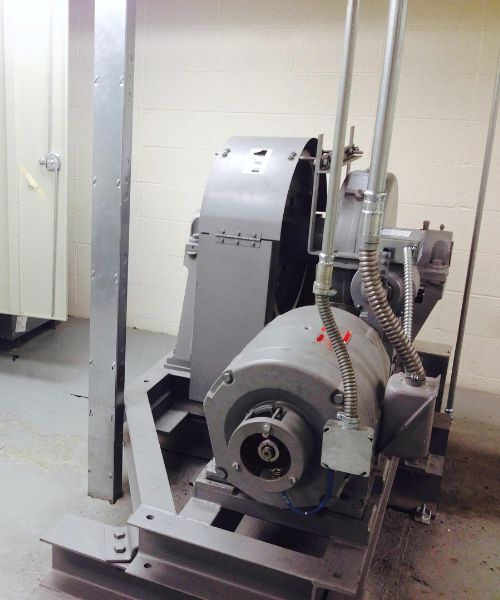
This detailed description outlines the crucial components and features of a modern Machine Room (MR) elevator system. Unlike ropeless and hydraulic elevators, MR elevators utilize a machine room housing the essential mechanical and electrical components that power and control the lift.
Key Features & Benefits:
Components Typically Found in a Machine Room:
Considerations for Machine Room Design: